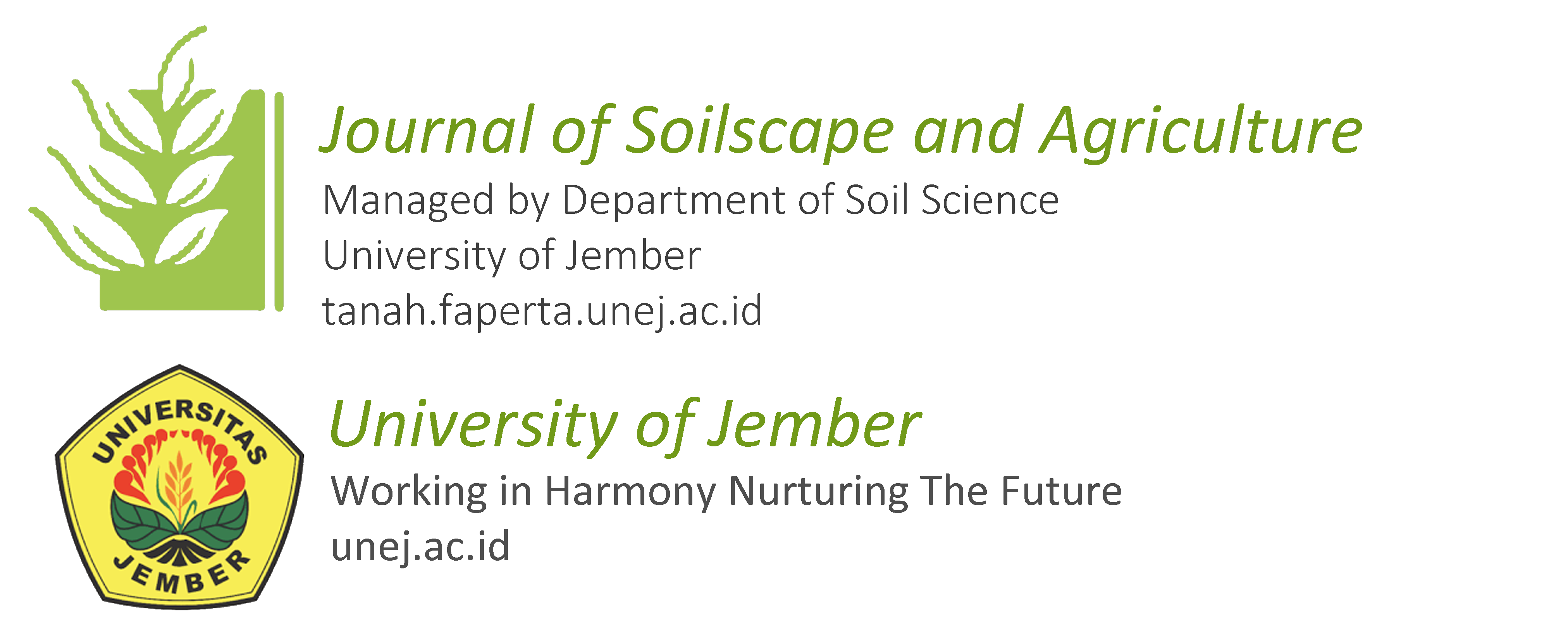The Effect of Different Sterilization Methods on Obtaining Sterile Leaf Explants of Porang (Amorphophallus muelleri B.)
DOI:
https://doi.org/10.19184/jsa.v2i1.142Keywords:
Amorphophallus muelleri B, Sterilization, Contamination, BrowningAbstract
Porang (Amorphophallus muelleri B.) is a type of tuber that contains glucomannan, which is used as a raw materials for the food, chemical, pharmaceutical and cosmetic industries. In vitro culture as porang propagation method using plant parts (leaf explants) was developed under aseptic environmental conditions. Sterilization is an important aspect in the success of micropropagation in obtaining sterile explants. This research method used a Completely Randomized Design (CRD) with 2 factors, namely clothes bleach sterilant containing NaOCl 5.25% (Bayclin®) at 30% concentration for 15 minutes (Treatment A), and using clothes bleach containing NaOCl 5.25% (Bayclin®) at 30% concenteration for 15 minutes + 70% alcohol for 15 seconds (Treatment B). Each treatment was filled with 3 explants, and every treatment was repeated 27 times, so that experimental units were obtained with a total of 162 explants. Treatment B is the best treatment in obtaining sterile explants, because it is more effective in removing contamination and inhibiting contamination and browning with survival the highest rate of 51.85% and the lowest mortality rate of 48.15%, it can also suppress and inhibit the appearance of contamination and browning compared to treatment A.
Downloads
Published
How to Cite
Issue
Section
License
Copyright (c) 2023 Journal of Soilscape and Agriculture

This work is licensed under a Creative Commons Attribution-NonCommercial-ShareAlike 4.0 International License.



